When they awoke, their child had gone. As the parents slept near platform 14a, someone had carefully bent down between them and taken their three-year-old daughter. Astonished, they demanded to review the CCTV images but found there was no footage. No witnesses came forward. On 15 June, between 3am and 5am, another child had vanished into thin air from Kolkata’s Sealdah rail station.
The precise number of minors who go missing from Sealdah’s 20 platforms is not known. The only ones documented are those fortunate enough to be rescued. Between June 2016 and last May, 1,628 vulnerable children, most of them travelling alone, were retrieved – the highest number ever found at a single train station in India. Of these, 134 were girls and the youngest was four years old. Hundreds more were apprehended by police, entirely for their own safety.
They were among the thousands of children who arrive at the station alone each year – many of them fleeing poverty or abuse at home, some despatched by desperate families unable to provide for them, or hoping they will secure some kind of work that will provide money – work for which they are legally too young and which can be highly dangerous. They may live for months in the station, then suddenly disappear, their fate unknown to their families and the Indian authorities.
Officials at Kolkata’s Child in Need Institute (Cini) describe a narrow window of time during which they must reach the child, befuddled amid the pandemonium of one of India’s busiest stations, before the traffickers do.
Compounding the challenge is the speed with which minors are swallowed by the vast crowds. Children can go missing in plain sight. About 750 trains reach Sealdah each day with almost two million people passing through the station, seven times more than Britain’s busiest station, London Waterloo, and nearly 30 times greater than Manchester Piccadilly. “We have to move extremely quickly,” said Cini’s Babu Dey, who has spent more than 20 years rescuing vulnerable children at Sealdah.
It has been a politically sensitive issue for years, so what is astonishing is that the number of children disappearing from India’s immense railway network shows little sign of receding. What happens to those who vanish is unclear. Many are trafficked into the sex trade, others are forced into child labour across the city.
A random visit by the Observer during a normal working day – Tuesday 18 July – confirmed the scale of the crisis. At Sealdah’s child help desk, a logbook contained details of the latest children to have been rescued. At 11.25 the previous night a six-year-old girl had been found wandering the northern platforms and brought in. Twelve hours later a 14-year-old boy was rescued, alone and confused. At 1.30pm a 12-year-old boy had been retrieved from platform four and now sat solemnly at the desk waiting to be taken home.
Around the corner at the offices of the railway police, inspector Monirujaman Molla revealed he had found a further five children that day. It was 2.17pm. Molla picked up a heavy binder and began thumbing through the names of 346 children found so far this year. In 2016 his team identified 529, the first year such records were kept. “They keep on coming, all the time,” he shrugged, nodding towards a small cubicle.
Inside sat two boys, aged 10 and 13, from the south side of the city, who had just been plucked from platform 12. The children explained they had travelled to Sealdah to “roam” – a rite of passage for many Bengali youngsters who equate the station with adventure and discovery. “Unfortunately some never make it home,” said Dey. Others, he added, travelled up to 40km to use “railwire,” Sealdah’s free wifi, only to vanish forever.
Meanwhile, reports were coming in of other children going missing. Less than a kilometre from Sealdah, on the third floor of Cini’s central office, the staff of Kolkata’s 24-hour toll-free Childline were jotting down details of the latest to have vanished. Among them was a four-year-old boy who vanished two days ago. A deaf five-year-old girl had disappeared the previous evening. A further two minors had just been reported missing, the latest a 13-year-old girl.
An official from Kolkata’s Childline had just received a tip-off that a police officer was keeping a boy, aged 12, as child labour in a district close to Sealdah. “I had better go to investigate,” he said, leaving the room.
Calls to the service increased 50% last year to 3,000. Police data for West Bengal, the district that includes Sealdah, reveals that 639 children have so far been reported missing this month. A further 647 have been found. On Friday, nine children were reported missing with another 38 recovered.
The Yamuna, India’s most polluted river
Platform 1 lies separate from the station’s main buildings and can be accessed by anyone throughout the night. For this reason Dey classifies it among Sealdah’s most perilous platforms. At 4.30pm on 18 July a group of girls, no older than 12 and most of whom were orphans, were stroking a stray dog. For six months they had lived on the platform, enduring constant danger. Groups of men from Kolkata’s hinterland routinely travel to Sealdah with the primary ambition of “messing around” with the girls.
“Six months ago we had to rescue three of them from a large group of men who were engaging them,” said Dey. As he spoke an elderly man leant through the station’s perimeter fence and began violently groping one of the girls.
However, platform 4a is the most notorious. Lined by a dense tropical garden, dreadful crimes happen among the foliage at night, according to Dey: “People go missing from there.”
The latest police statistics suggest kidnapping in India is a growing crime, with the reported abductions of children rising from 15,284 in 2011 to 41,893 in 2015. Cini’s database chronicling why children materialise at Sealdah reveals that a quarter are trafficked, but abuse and poverty prompt many to flee home.
Compounding the issue are complexities in actually identifying traffickers. “They look like anybody else. Sometimes the children are forced to smile while they are accompanying them, making it even more difficult to identify victims,” said Dey’s colleague, Anwesha Sen.
For the children who live on Sealdah’s platforms, spotting potential abductors is equally fraught. Akil, 15, who has slept at Sealdah for 18 months, said victims wouldn’t recognise a trafficker until the point of abduction. “Traffickers are hard to identify with our bare eyes. Once [I saw] a child getting stolen from the station when they were sleeping. But I have heard of kidnappers being caught at the station,” he said.
Joju Varghese, strategic officer for the international charity Railway Children, which supports the work of Cini, said: “It’s very difficult to find children once they have been trafficked because they’re shifted to many locations.”
Sex workers gather at dusk close to the station’s main ticket counter. Many of them were trafficked to Sealdah and pressed into prostitution, some with the blessing of families who had exhausted all other avenues for generating income.
“They give the money to their family, they don’t mind as long as she’s earning,” said Manidipa Ghosh, assistant director of Cini Kolkata. Traffickers seeking sex workers trawl the villages that dot the lower Ganges delta for new victims.
Some are taken straight from Sealdah to Sonagachi, the largest red light district in South Asia. An estimated 12,000 sex workers are based there, less than two miles from Sealdah. “Some are sold and become untraceable,” said Ghosh.
The children who live on the platforms quickly become used to the sex workers, who congregate in a narrow concourse close to the main station entrance. “There are a lot but they do not disturb us, they are just focused on servicing their clients and leave us alone,” said Paras, 13, who sleeps near platform 1 with his mother, who earns a maximum 200 rupees (£2.28) a day washing dishes at a roadside bhel puri stand.
Nearby is the station’s sprawling car park, where scores of minors sleep at night. One of them is Akil, who said he was aware of children being stolen from there. “I can never relax: a lot of children and girls sleep there and they are very vulnerable. The problem is that it’s an open place, anybody can enter. Drunks with bad intentions come, sometimes they touch the girls badly. Kidnappers and traffickers go to see the children,” said the teenager.
Akil believes the area at night is a lottery for many children. “No part of the station is safe, but the parking area is dangerous and people are free to enter. Some are addicted or drunkards who beat up children. They use foul language and hit us. Many times I’ve been beaten by drunkards, sometimes every day.”
Others say police brutality is a persistent problem. Deva, 13, sleeps in the parking area and describes police violence as a more pernicious threat than traffickers. “They wake us up and hit us or chase me and my friends.”
Yet, overall, he describes life at Sealdah as “very enjoyable”. During the day his section of the car park – at the back beneath a row of trees – is frequently transformed into a makeshift football or cricket pitch.
His idol is Barcelona’s Lionel Messi and his plan is to play international football. “I’ll play for whoever wants me,” said Deva.
Others view life in Sealdah as a long holiday. Utpal, 13, was forced into child labour by his father when he was nine years old, spending 12 hours a day making cotton bags in a Kolkata factory. “I was exploited and never got time to play or was fed properly.”
Having run away from home, he plays cricket by day, sleeps on parked cars at night and has started studying at Cini’s day centre situated behind Sealdah station. His diminutive friend, Bijay, 13, also relishes life at the station and has slept in Sealdah’s VIP parking area with his parents since he was four. “I really enjoy it, sometimes I go to the playground on College Street. There I have the best of times.”
Most have learned that developing a narcotic habit makes them vulnerable, particularly sniffing Dendrite, the glue that – due to its price and potency – is popular among Sealdah’s street children. Akil said that seven of his 18-strong peer group were Dendrite addicts. “It makes them hallucinate and go into a trance, their skin gets patchy, they lose track of reality and become unconscious.”
A modest phial of Dendrite costs five rupees (6p) and can last 24 hours.
No part of the station is safe, but the parking area is dangerous and people are free to enter. Some are addicted or drunkards who beat up children
Akil, 15
Some have resisted such temptations for as long as they can remember. Rosheen, aged 12, was born on the station steps outside its main entrance, the latest generation of her family to have lived in one of the most public places it is possible to imagine.
Her bedroom is a flattened cardboard box laid two metres from Sealdah’s entrance. Her mother collects plastic bottles to pay for food. Rosheen says she has learned to survive by spotting potentially dodgy people among the thousands that pass her bed each hour. “Who knows what the intentions of some people are?”
Other minors live in the centre of Sealdah. Opposite Jan Afaar – the official rail canteen – sit a group of mothers with their infants in one of the station’s busiest thoroughfares. Taniya, 25, from west Bengal, who has an 18-month-old daughter, said the fear of her child being abducted was constant.
“When I go to the toilet or take a shower I have to leave my children on the platform, which is not very safe because so many people are moving about. Even if you are gone five minutes you’re always worried. I have heard of children getting stolen. The rate is low at the moment and organisations have reported cases to the police.”
She described “close shaves” where she has found strangers attempting to play with her daughter. The risk of passing strangers touching their children inappropriately is often discussed among the mothers. “You have to keep your eyes open, bad touches can happen. We have heard about negative things happening.”
Regardless of vigilance, negative things keep on occurring at Sealdah. As rush hour approached on 18 July, a group of children were playing in the station’s far south-eastern corner, close to platform 14a. All were oblivious to the abduction of the three-year-old from the same spot a month earlier, already the slightest of entries among India’s ever multiplying list of lost children.









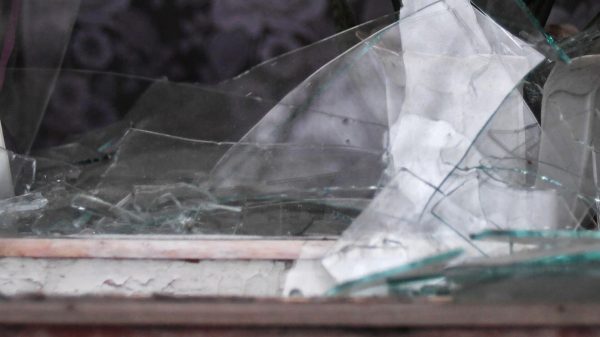
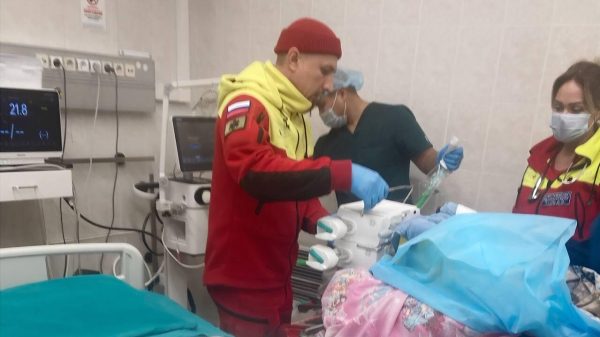









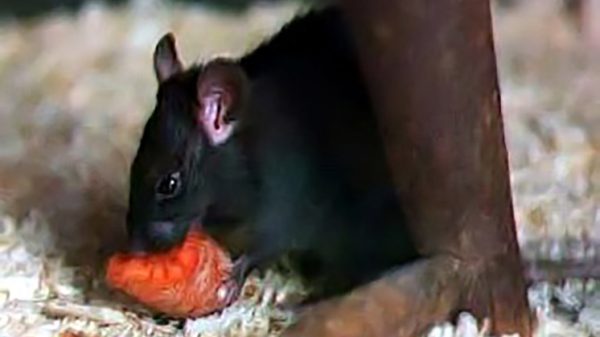
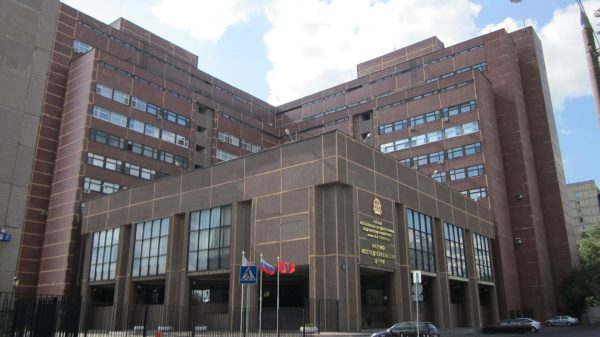















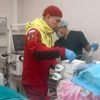















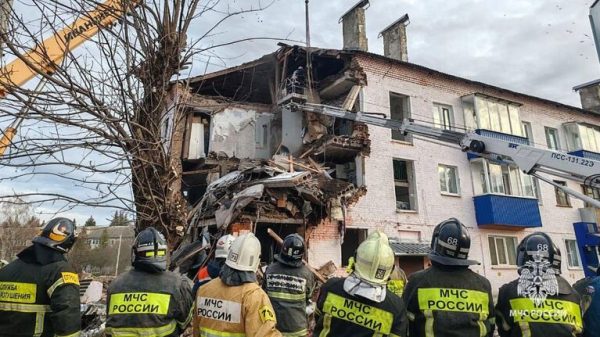
Свежие комментарии